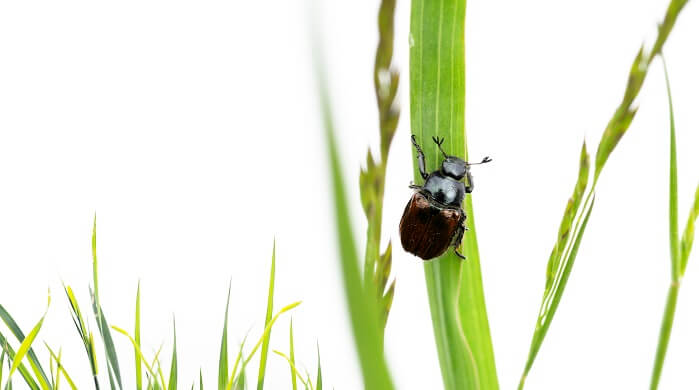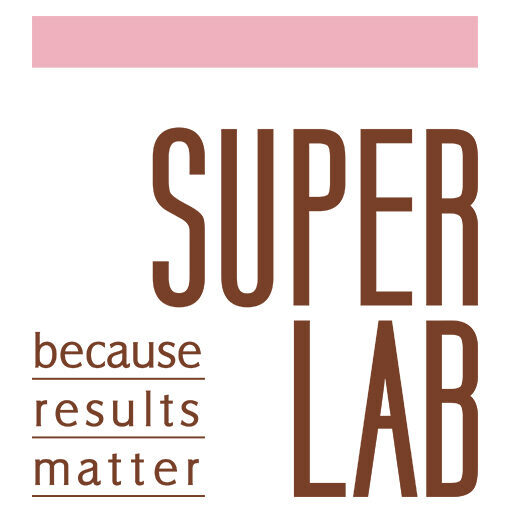
Pesticides
Pesticides are chemicals or biological agents that can be used to control pests and weeds or regulate the growth of agricultural and forestry crops. At present, there are about 600 kinds of approved pesticides in the world. They can be divided into chemical pesticides and biological pesticides based on their origin. Chemical pesticides are made by applying chemical synthesis, and biological pesticides are created from biological sources and their derivatives.
The invention of pesticides has contributed greatly to agriculture, which promotes efficient food production; however, the application of pesticides causes environmental and ecological pollution. Pesticide residues in soil and water may be decomposed by microorganisms and also be absorbed by crops. In 1962, Rachel Carson of the United States pointed out that the use of chemical pesticides destroys the balance of nontarget organisms and the ecology. Now, environmental protection and sustainable use of natural resources are public concerns. As a result, in recent years, many countries around the world frequently revise pesticide control laws and regulations so that pesticide application is subject to more stringent control.
According to the Agro-Pesticides Management Act, pesticides’ manufacture, processing, or importation must be approved and registered by the central competent authorities. Before the pesticide is registered, it must meet the standard specification requirements and must be approved through a the review of its chemical and physical properties, toxicology testing, and field testing provided by the manufacturer and the trader. The Contract Research Organization of SuperLab is the first facility that has applied to TAF (Taiwan Accreditation Foundation) for certification as a laboratory of environmental toxicity studies. Our environmental toxicity studies on aquatic and terrestrial organisms qualified with GLP in 2017. The Ready Biodegradability Test was reviewed in August, 2017 and will be qualified in 2018.
Pesticides Research Service
Pesticide study in SuperLab
Acute toxicity testing
- Acute oral toxicity
- Acute dermal toxicity
- Acute inhalation toxicity
- Acute eye irritation
- Acute dermal irritation
- Dermal sensitization
Subchronic toxicity testing
- 90-day feeding toxicity
- 21-day dermal toxicity
- 90-day inhalation toxicity
Chronic toxicity testing
- Chronic feeding toxicity
- Oncogenicity
- Reproductive toxicity
- Prenatal developmental toxicity
Mutagenicity testing
- Bacterial reverse gene mutation assay
- In vitro mammalian cell assay
- In vivo cytogenetics
Environmental fate studies
- Hydrolysis
Nontarget organism toxicity test
- Aquatic toxicity
- Earthworm toxicity
Summary and risk assessment of toxicology data
- Others


You must be logged in to post a comment.